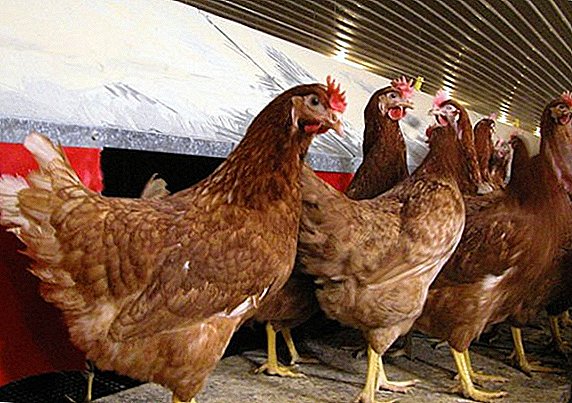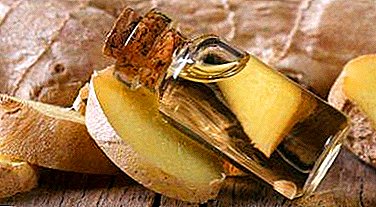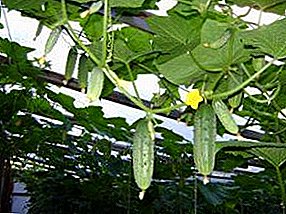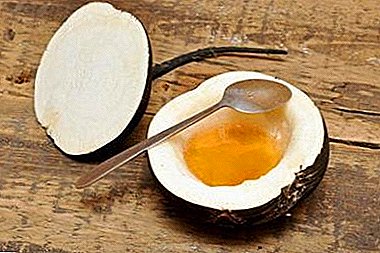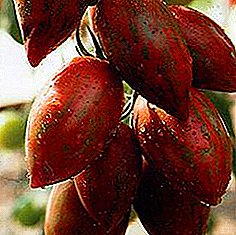Over the past 11 years, scientists have tried to turn rice plantations into plants that are effective for photosynthesis, which would produce 50% more grain in sunlight, without requiring more land and water.
The idea arose because of concerns that traditional research, which leads to an increase in annual yield of only 1%, will not be enough to meet the ever-growing demand. The plan was to change the rice in such a way that its leaf anatomy would increase the efficiency of photosynthesis, which would significantly increase the yield of one of the most consumed cereals in the world.
Now wild rice - Uri dhan (Porteresia coarctata) - which grows in the salty mouths of Bangladesh, has revived the hope of a possible breakthrough in changing the architecture of rice plants. Bangladeshi scientists have found elements of greater efficiency of photosynthesis in Uri Dhana.
See also:Scientists from the International Rice Research Institute (IRRI) in the Philippines, who work in tandem with researchers from 12 institutions in eight countries as part of the 20-year C4 Rice Project, are now trying to deliver samples of Uri Dhana to Los Banos, IRRI headquarters to merge.
During photosynthesis, plants take carbon dioxide, water and light and turn them into sugar and oxygen. Then sugar is used by plants for food, and oxygen is released into the atmosphere. Rice uses the C3 photosynthesis pathway, which is much less efficient in hot and dry conditions than the C4 path used by other plants, such as corn, sugarcane and sorghum. Scientists thought that if rice could "switch" to the use of C4 photosynthesis, its productivity would increase by 50%. 
Professor Zeb Islam Seraj explained: "Corn, sorghum and sugarcane are C4 photosynthesizers, and rice is C3. C4 photosynthesizers are more efficient in absorbing energy." She said that C4 plants, such as maize and sorghum, are more effective at assimilating carbon than C3 species, and, in addition, they demonstrate higher water efficiency, higher nitrogen utilization efficiency and resistance to higher temperatures.
We recommend to read:Over three billion people, including 160 million in Bangladesh, depend on rice for survival, and because of the projected population growth and the general trend towards urbanization, land. There was enough rice in 2010 to feed 27 people.
The C4 Rice project was first developed by John Sheehy, a plant physiologist who led the Applied Photosynthesis Group at IRRI from 1995 to 2009. The project cost was estimated at about $ 5 million per year. In October 2008, the Bill and Melinda Gates Foundation allocated a $ 11.1 million grant to IRRI to begin the study. The project is currently at stage III (2015-2019).


